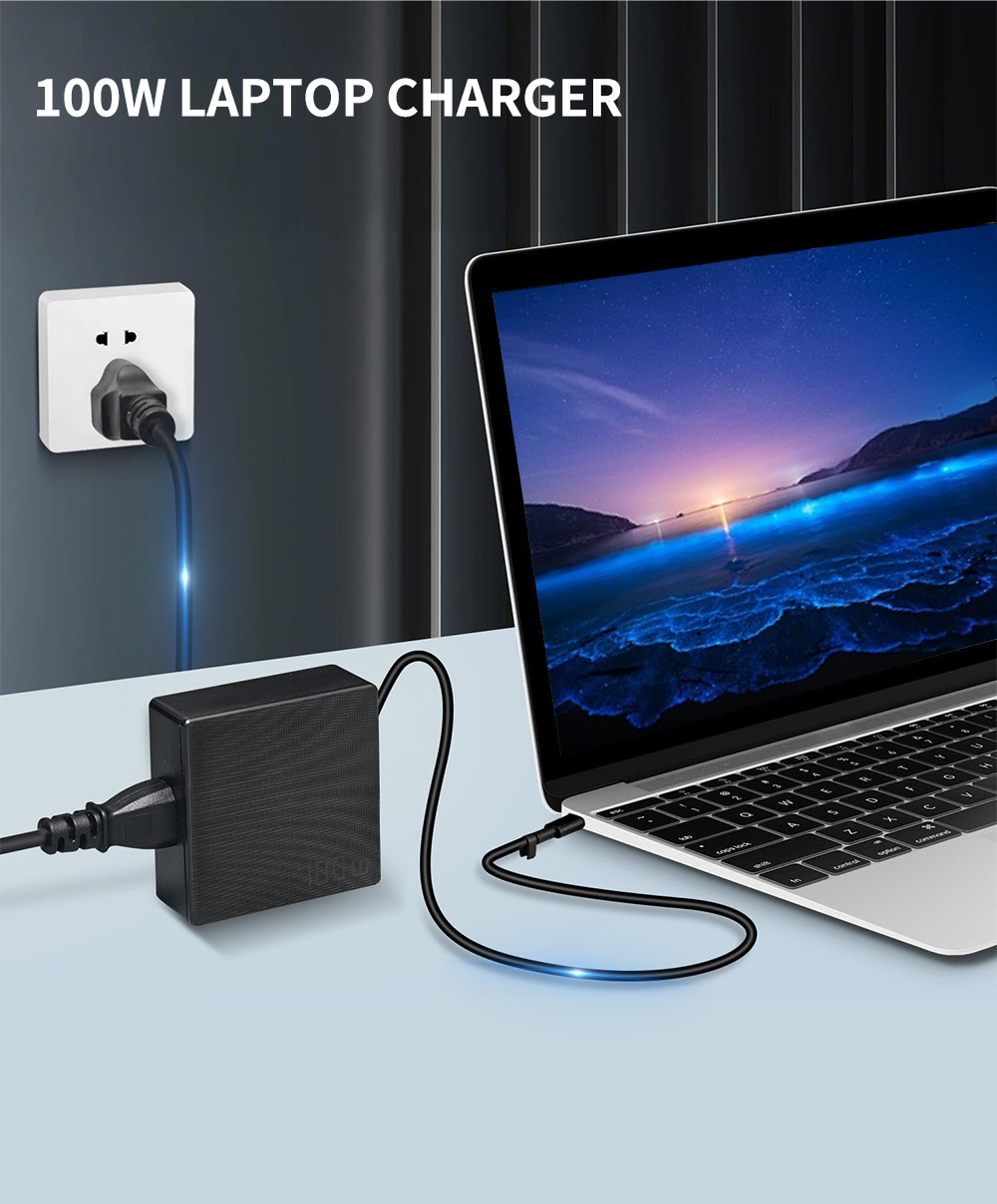Many people tend to feel anxious when they are concerned about the health and lifespan of their laptops, and often try to extend the battery life. The same is true for laptops. When the battery health is found to be less than 80%, the cost of replacing the battery is painful. Therefore, many people can’t help but ask: At what point is the battery health of a laptop recommended to be replaced? Today, let’s discuss this issue.
Can laptop battery health be trusted?
Before discussing the recommended replacement of laptop batteries at what health level, we need to evaluate the credibility of this health indicator. The answer is: for reference only. Especially when there is a significant difference between the actual use experience and psychological expectations, it is recommended to “recheck”.
In fact, despite the support of hardware sensors and algorithms, the detection of battery health may still have a certain error. This is not only due to the limited accuracy of the sensor, but also may be affected by the driver, software, and system. In addition, different usage environments will also affect the accuracy of health to a certain extent.
Some errors are so large that it is unbelievable. Despite being used for several years, the battery health is still shown as 100%, but the actual battery life is only half an hour, and some devices with battery health below 20% can still be used normally. Suppose the device has been replaced with a non-original system or even reinstalled multiple times. In that case, it is reasonable to suspect a problem with the battery-related driver.
How healthy is the laptop battery when it is recommended to replace it?
Battery health calibration
As we have concluded above, battery health is only for reference, so although it cannot be fully trusted, you can still refer to it when replacing laptop batteries:
Deep charge and discharge to verify health
The so-called deep charge and discharge means that when the battery is almost shut down (or directly shut down automatically, it is not recommended to use intense consumption solutions such as playing games, natural consumption is fine) charge it to 100%, and then verify the health; do this several times to observe whether it recurs.
Uninstall/update the battery driver
Win+X+M to find the device manager, find the battery-related driver, directly uninstall the related driver, and then restart; enter the notebook brand’s official website service and support to find the battery driver of the corresponding model, download and install the battery driver (if any) and restart. Deeply charge and discharge again to check the battery health.
Replace the laptop battery
If the battery health is confirmed to be less than 80% after testing, we can consider replacing it; however, it is recommended to consider the actual situation and needs comprehensively.
If it is used for a long time with a plug-in, users with a relatively stable power supply can postpone it.
Although the health is less than 80%, it can still meet the needs when it is off-powered and does not affect the experience, so it can also be postponed.
Otherwise, it is necessary to replace it quickly. In addition, if the battery has obvious bulges, even if the back cover is lifted, or other dangerous situations occur, it should be replaced immediately.
The above is all about whether the laptop battery health can be trusted and when it is recommended to replace the battery. In short, there is no need to rush to replace the battery. There may just be a problem with the battery health display.
If this article still doesn’t help your laptop battery, you can buy a new battery at BatteryMall.com.
If you want to learn more about batteries, please visit: BatteryMall.com/blogs/support

